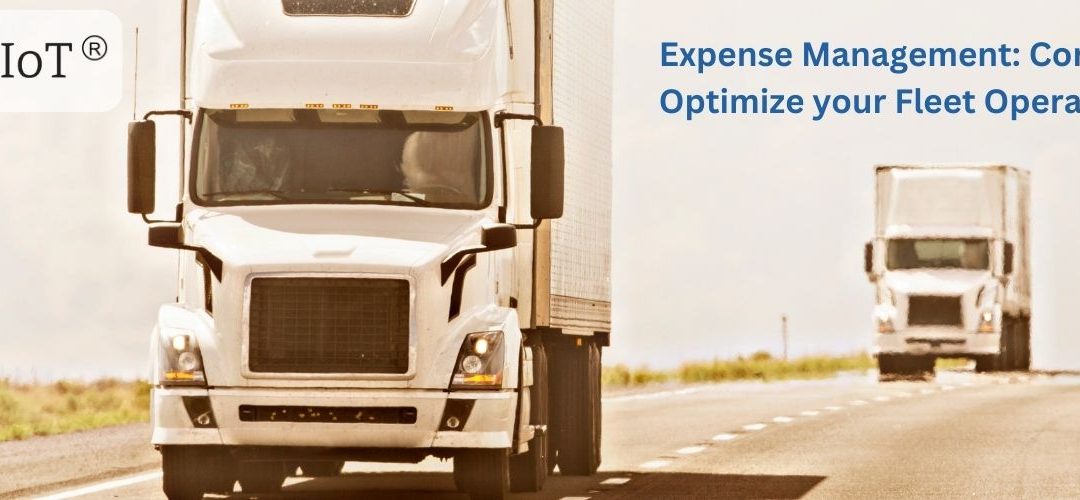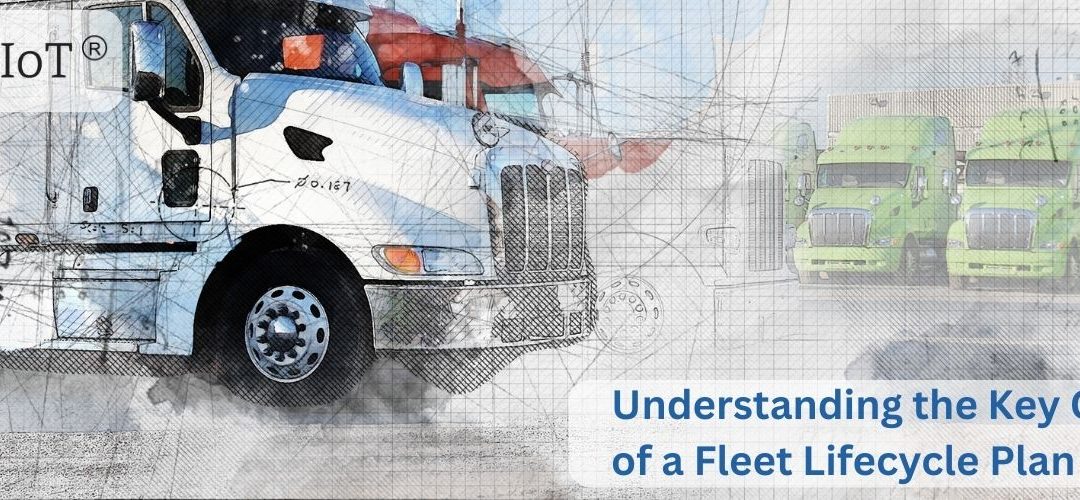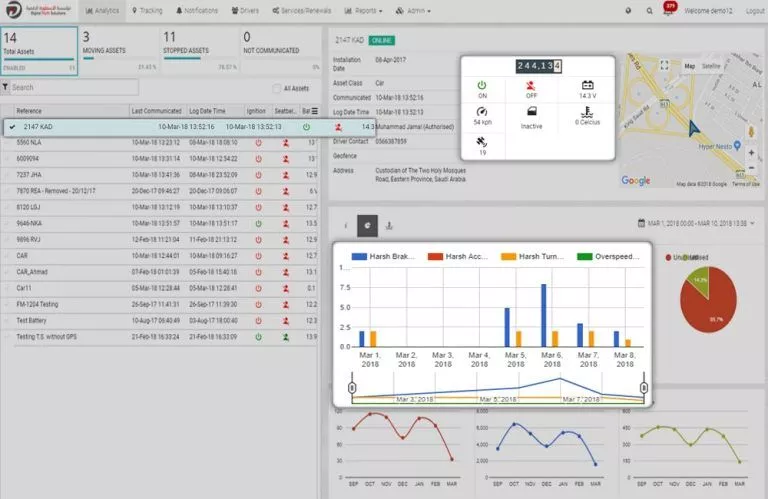
Why Do Banks Need an Effective ATM Tracking and Monitoring Solution?
Why do banks need an effective ATM Tracking and Monitoring Solution?
Automated Teller Machines widely known as ATMs had become an integral part of Montreal transactions. Despite the global shift to mobile and internet banking and forecasts of a cashless society, ATMs are still regarded as a necessary service. The convenience of an ATM allows user to undertake rapid self-service operations such as cash deposit and withdrawal, bill payment, and account transfers.
But the question arises why do banks need an effective ATM Tracking and Monitoring Solution?
We have seen multiple cases where the ATM machines are either dislocated or are smashed and grabbed. which not only results in the loss of cash within the unit with heavy damage or even complete loss of the expensive machine. In order to reduce the frequency and severity of ATM crimes, it is essential to implement effective monitoring and management solutions for predictive and proactive approach to prevent these problems in the future.


Eagle-IoT has specially designed its ATM Tracking and Monitoring Solution to offer real time 24/7 insights with its sensors to use in ATM units, with long battery backup, call facility and of water proof casing in order to maximize the performance. The sensors installed in the ATM continuously push the data to the servers through a secure TCP/IP connection. The messages sent from the devices includes the location information along with other sensors’ telemetry. If the asset encounters a grey area where there is no GSM network, the device will start working as a datalogger and will keep storing the data in the internal memory. Once the network is resumed, the data will be sent to the server and the memory buffer will be cleared.
ATM Movement History Playback
Eagle-IoT allows its user to replay the entire history of your ATM at a single click. Historical ATM movement activity can be regenerated for a date range for the period of last six-month.
Geofencing
With the unique feature of geofence virtual boundaries with custom perimeters around meaningful geographic areas can be created to addresses the issue of asset deployment in undesired areas. Alerts can be issued once the assets are moved to a different location.
Temper Alert
Alarm can be issued if someone tries to tamper or blocks GPS signals (GSM Jamming).
ATM Cabinet Door Monitoring
The ability to detect ATM cabinet door status (door closed, door opened) and displays it on the Platform.
Tilt and Vibration Monitoring and Alarms
To detect undesired movements a safety feature is integrated in the ATM Solution to issue Alerts, Alarms and Calls when the device is tilted or dislocated.
Temperature Monitoring
Alarm in the event of a sudden change in temperature of the ATM interior.
Eagle-IoT ATM tracking and monitoring solution can be used a means of prevention, tracking and recovery to address the possible thefts. To know more about us,
















